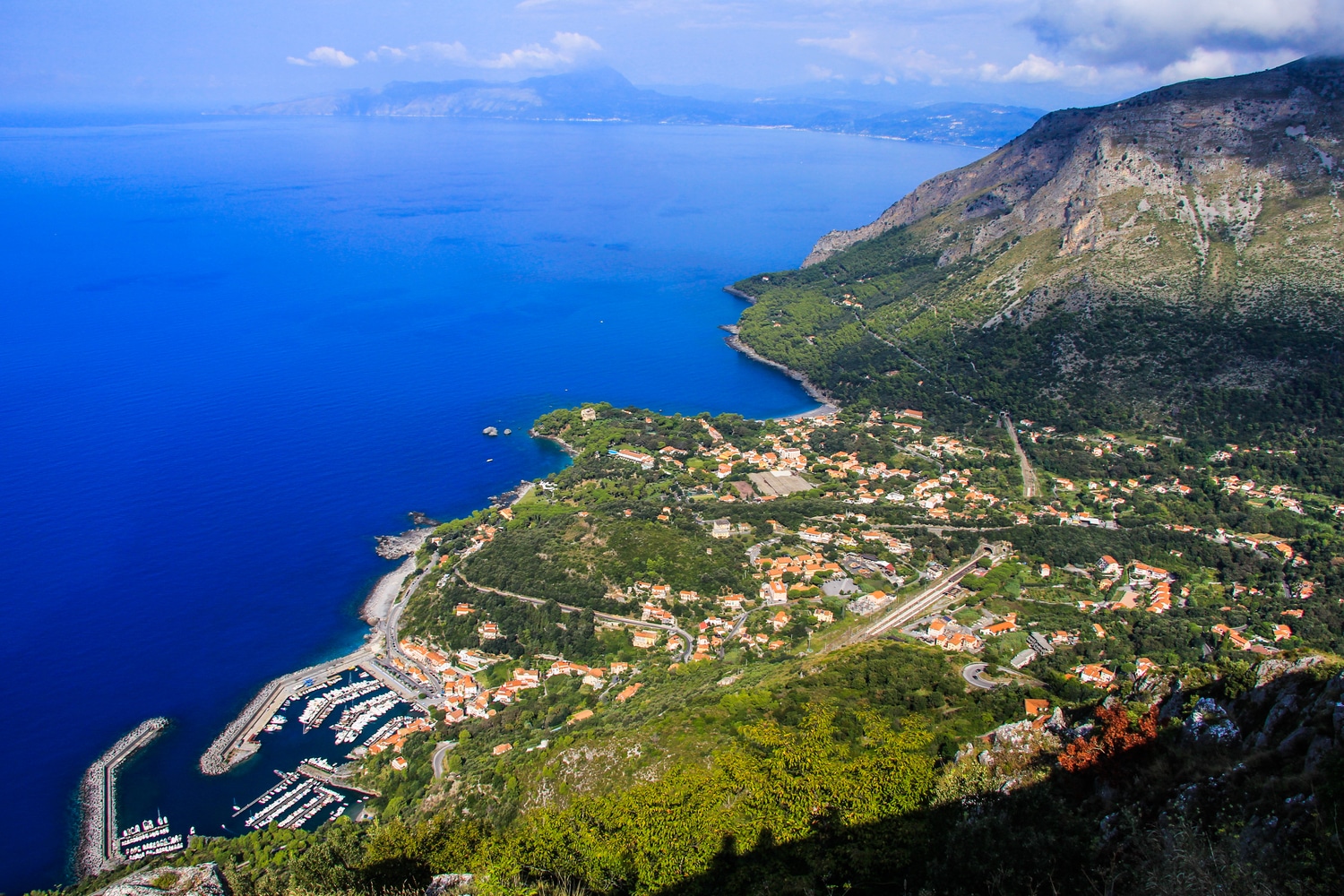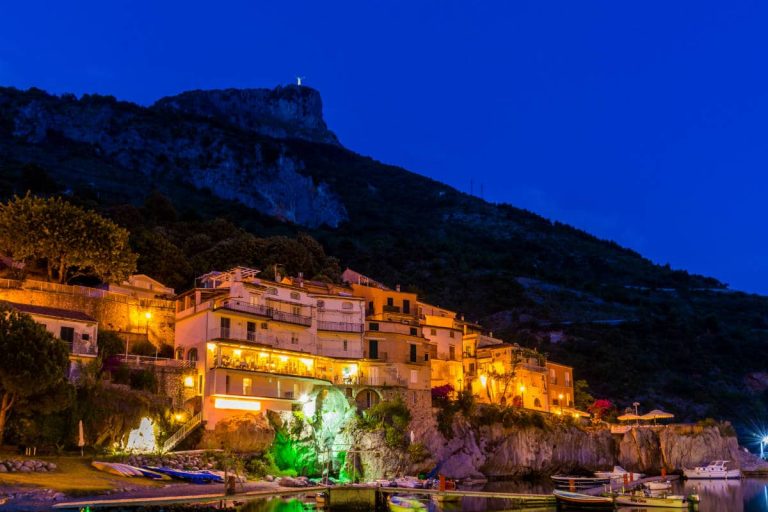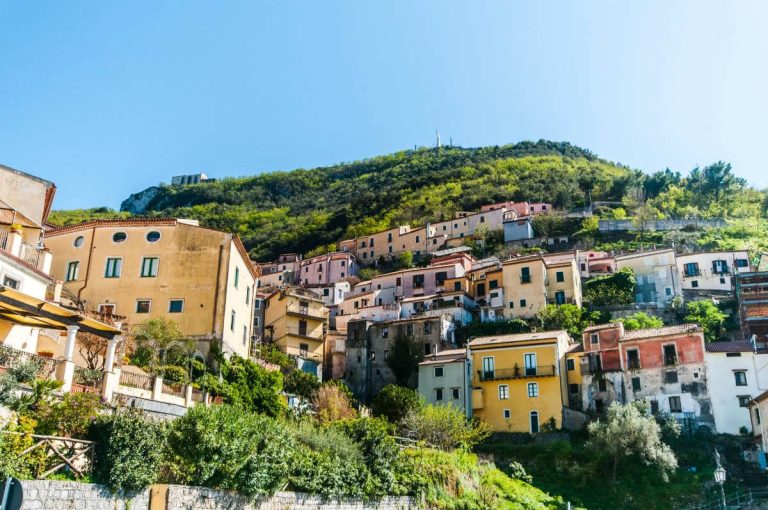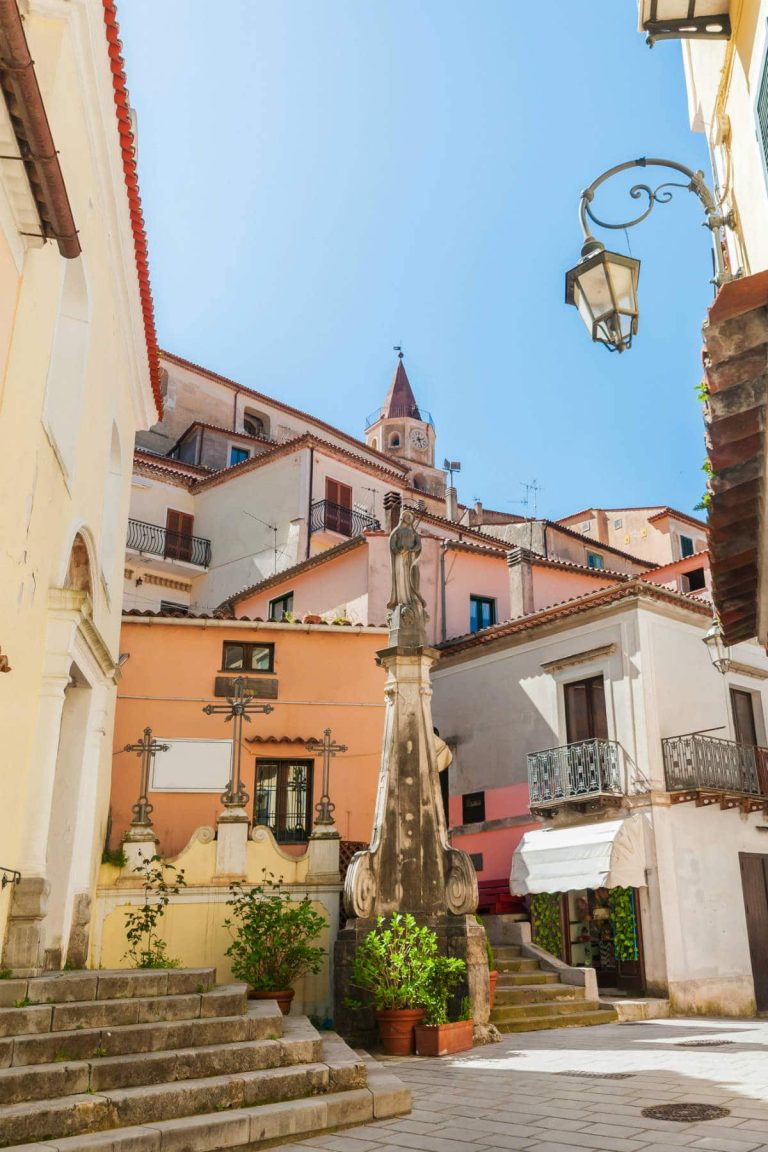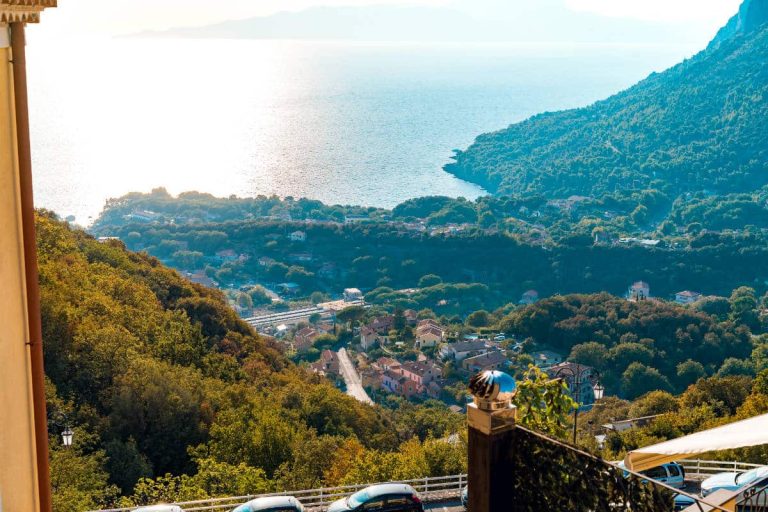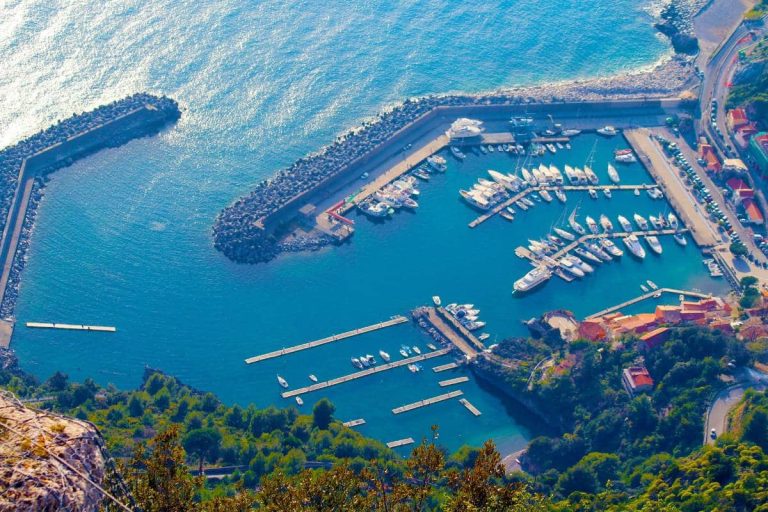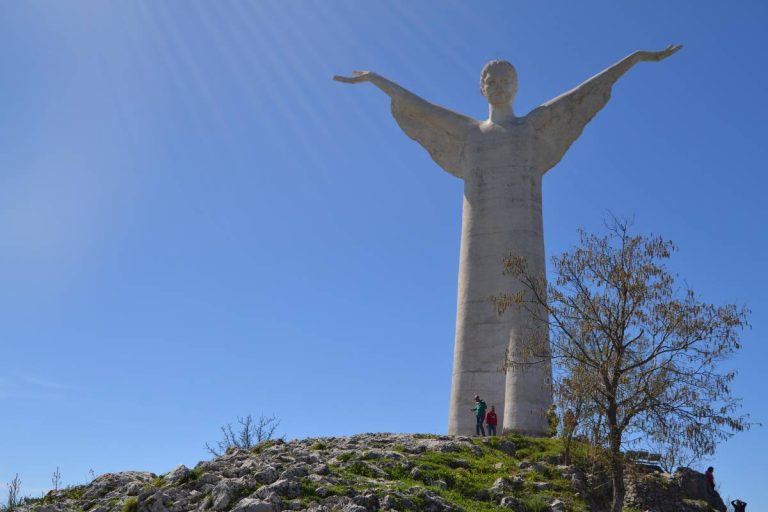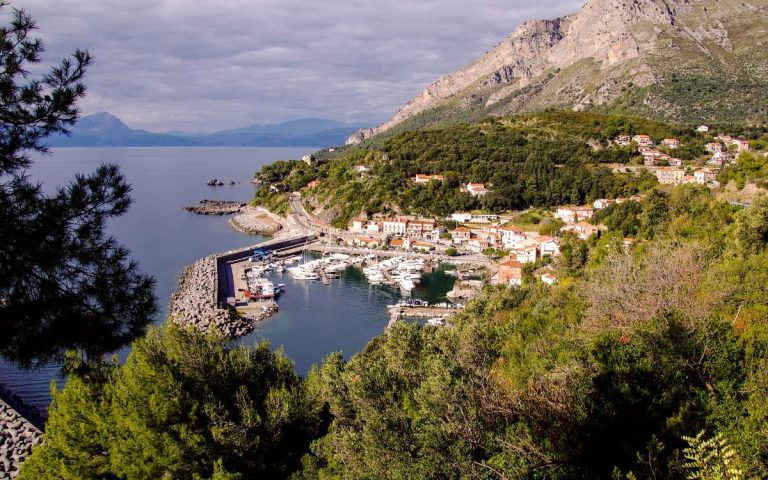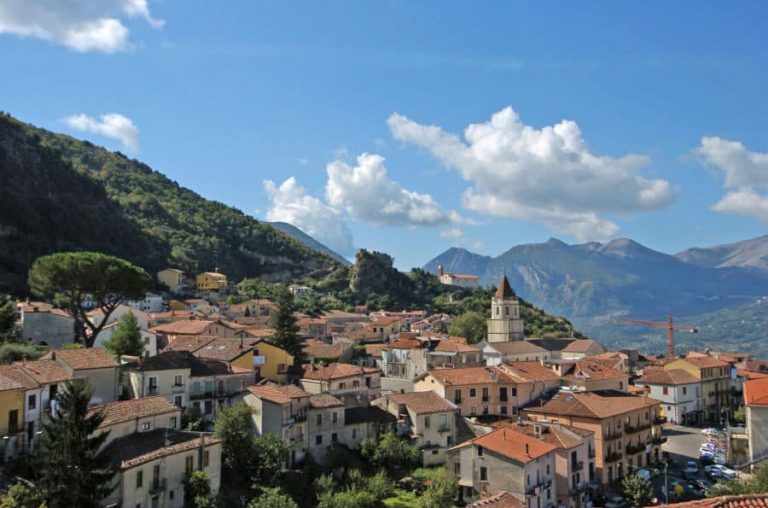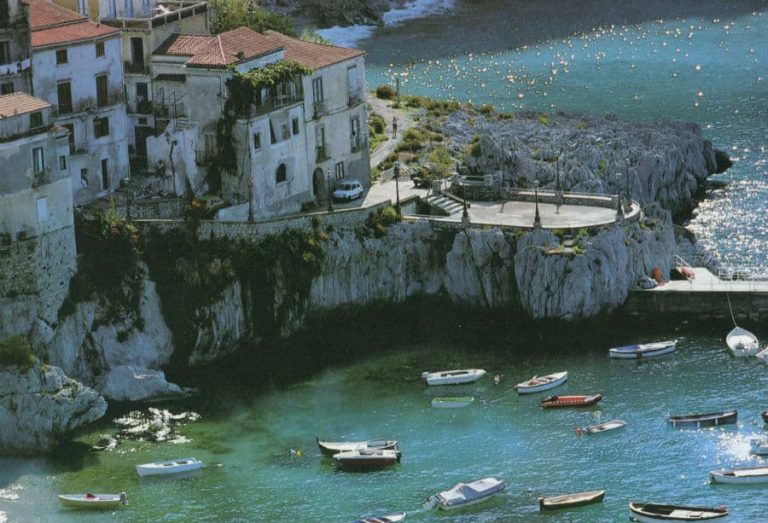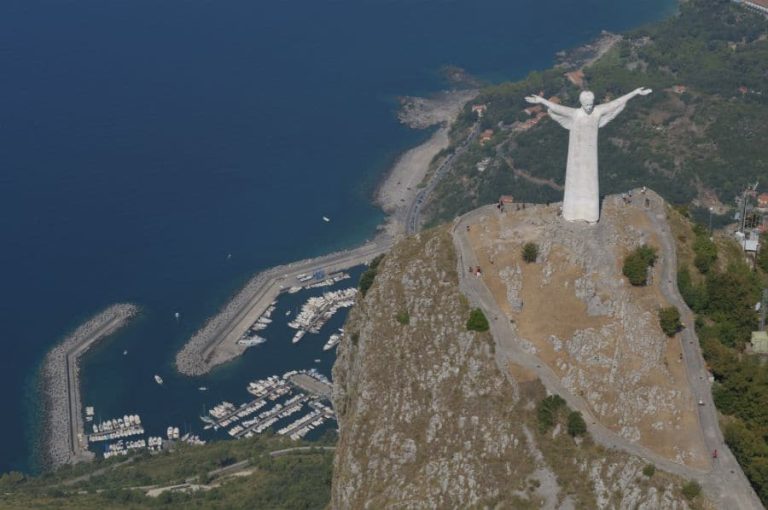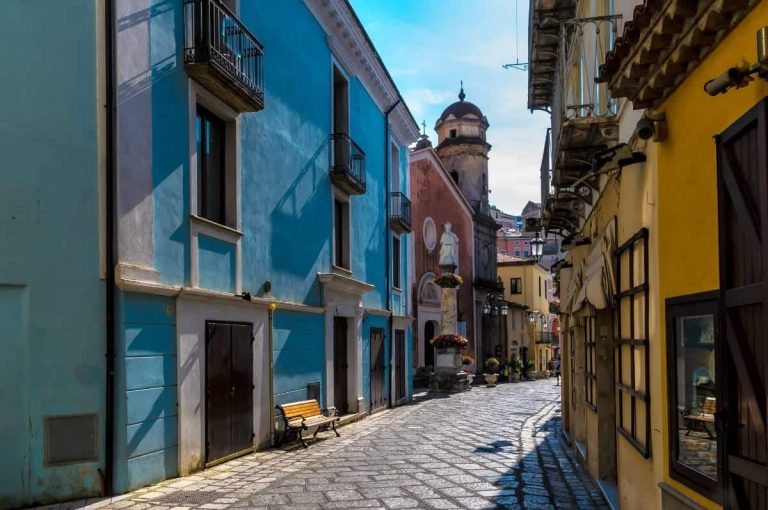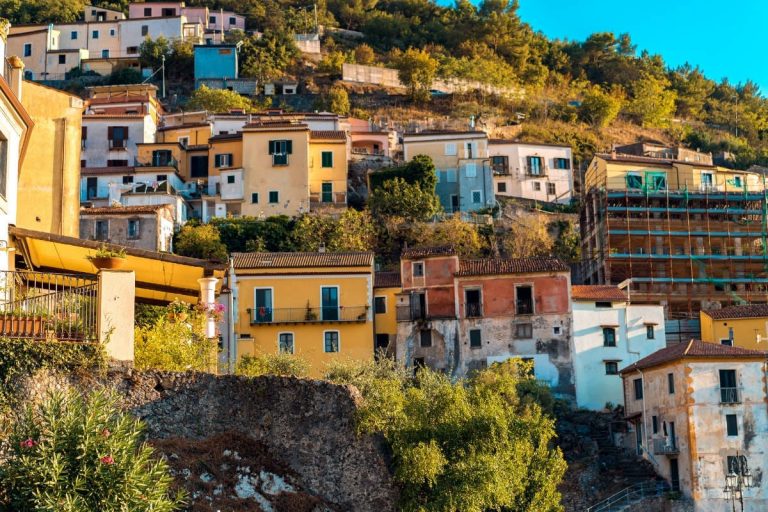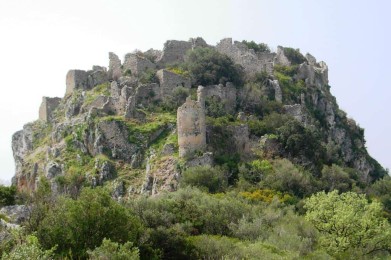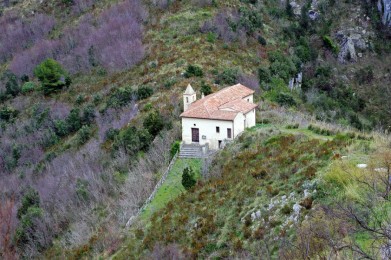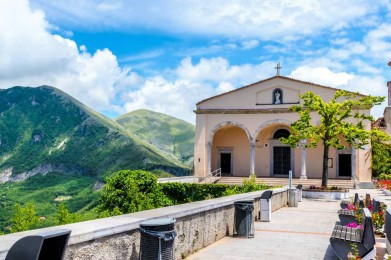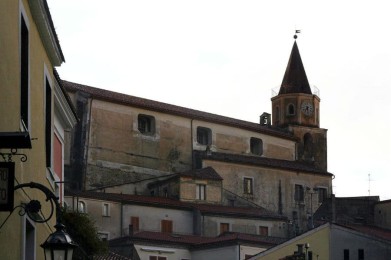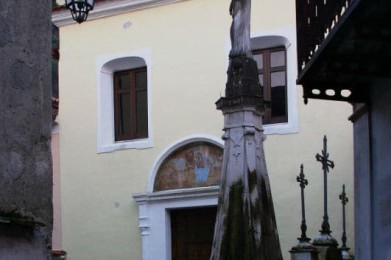Nestled on the slopes of Mount San Biagio and overlooking one of the most striking stretches of the Tyrrhenian Sea, Maratea is a town of extraordinary beauty that combines art, nature and spirituality. Known as the Pearl of the Tyrrhenian Sea and the city of 44 churches, it is the only town in Basilicata to have an outlet to the Tyrrhenian Sea, boasting no less than 32 kilometers of coastline, including enchanting bays, steep headlands, sea caves and beaches lapped by crystal-clear waters.
Maratea's coastal landscape is a veritable spectacle: wild and intimate coves alternate with equipped and easily accessible shores, offering a wide range of solutions for those seeking relaxation or adventure. Among the most iconic beaches are Fiumicello beach, framed by Mediterranean vegetation, the black beach of Cala Jannita, and the Bay of the Sirens, accessible only by sea. The seabed, untouched and rich in biodiversity, is a paradise for diving enthusiasts.
Towering over the entire area is the majestic statue of Christ the Redeemer, 22 meters high and second only to the one in Rio de Janeiro, placed on the peak of Mount San Biagio at an altitude of 650 meters. Also located here is the Basilica of San Biagio, built on the remains of ancient Maratea and custodian of the relics of the patron saint, which arrived - according to tradition - in 732 on a ship from Armenia.
The historic center, known as Il Paese, is a cluster of picturesque alleys, houses leaning against each other, stairways and angiports opening onto breathtaking views. Here, every stone tells centuries of history: from the Middle Ages to the Risorgimento uprisings, passing through the Norman era and Angevin rule. Of great charm are the ancient noble palaces such as Palazzo De Lieto, formerly the civil hospital, Palazzo Gennari and Palazzo D'Orlando, witnesses to a noble and cultured past.
Maratea boasts a unique artistic and religious heritage: its 44 churches, chapels, monasteries and hermitages-including the striking Church of Santa Maria Maggiore, the Church of the Immaculate Conception and the very ancient Church of San Vito-are custodians of frescoes, statues, Baroque altars and stories of faith that span the centuries. Also among the must-see stops is the Grotta dell'Angelo, an ancient place of worship hidden in the clearings of the mountain.
The territory is also marked by a significant archaeological presence: remains of Roman villas such as that of Secca di Castrocucco, necropolis, and evidence of ancient Marathìa dating back to Oenotrian and Roman times, among which stand out the sea and land caves - as many as 131 - many of which are still unexplored. The most famous is the Grotta di Marina, with spectacular stalactites and stalagmites.
Maratea's tourist port, modern and functional, is an important landing point for boaters, but also a meeting place for those who want to enjoy the liveliness of summer evenings, among clubs overlooking the sea and restaurants offering the excellence of Lucanian cuisine. Not to be missed are the marateote sausages, handcrafted and preserved in oil or suet, a true feather in the cap of local gastronomy.
Within a short distance you can explore the peaks of the Pollino National Park, the villages of the Lucanian hinterland, or go as far as the Cilento and Vallo di Diano Park, a UNESCO heritage site, for a journey through nature, history and culture.
Maratea is much more than a tourist resort: it is a village suspended between sky and sea, where every glimpse is a postcard, every stone a page of history, and every experience a memory to carry in the heart. It is an ideal destination for those looking for a complete vacation: relaxing but stimulating, spiritual and authentic, full of beauty and respect for nature and traditions.

